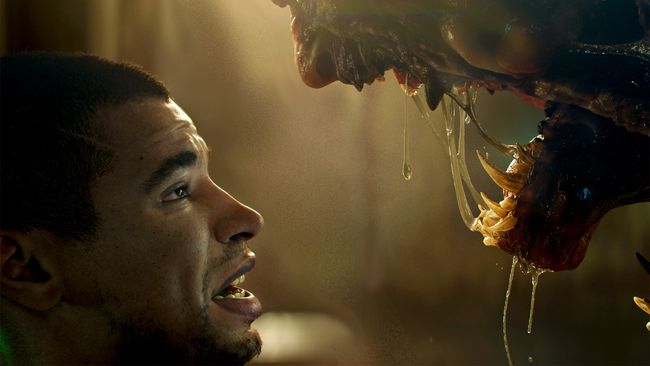

Using our corridor-based scale of around 20 meters we found that around eight lights could be affecting a surface of the environment. Contrast and occlusion make great horror. It was important for us to achieve a physically consistent lighting and shadow model in the game. Can you share if these are lighting and shadow-based elements from Unreal Engine 5 or have you gone in another direction?

The game utilizes ray tracing for some of its visual elements. In the Callisto Protocol even losing is a visual feast! Not only was this be used on enemies, but we also used this to represent the gory player deaths. We wanted Gore to be a diegetic health bar for each enemy representing realistic flesh, muscle and skeletal wounds. Our Gore system blends blood spatter, chunk creation and dismemberment to create the most realistic system we could. We knew we wanted a gore system that hit all the components of a great horror game. This was an area we created from scratch. What are some of these customisations, and does this extend to the dismemberment system in the game? You use Unreal's Simple Demolitions System and have customized this for The Callisto Protocol. When you start a project you want to keep taking engine drops over the development cycle and consulting with Epic on the best way to make their changes made subsequent integrations much easier. Not that we did this in isolation, we communicated with Epic on a regular basis on these changes to ease the integration. There are always certain changes you want to make to the base engine based on the needs of the product, and at an early stage we decided on key areas we wanted to enhance. Workflows and tools are widely understood and experience using a commercial engine makes hiring easier. Mark James, CTO, Striking Distance Studios: Starting with an engine that has shipped hundreds of games is a great advantage. IGN: With the immense challenge of setting up a new studio and team, how has the use of Unreal Engine been an enabler in your three year schedule?


 0 kommentar(er)
0 kommentar(er)
